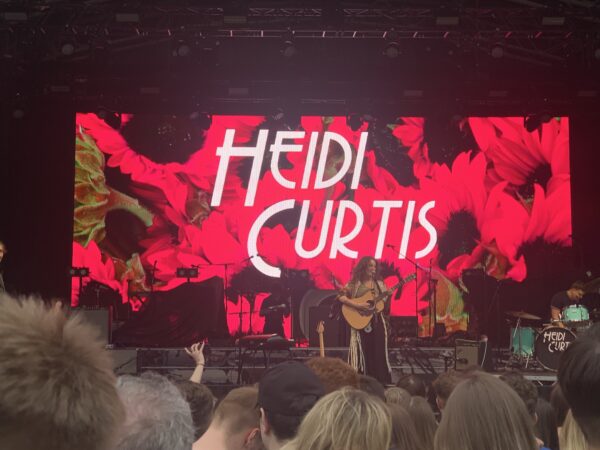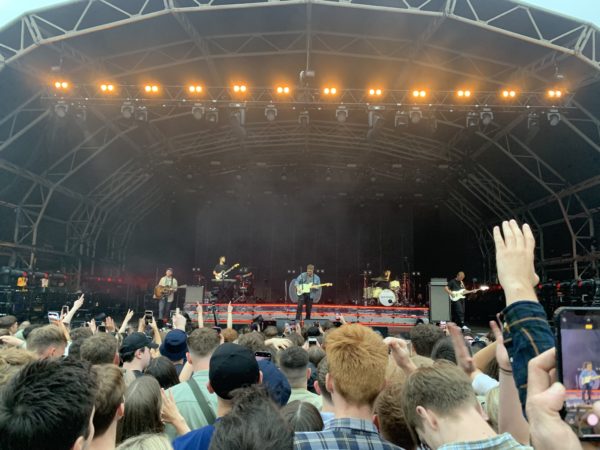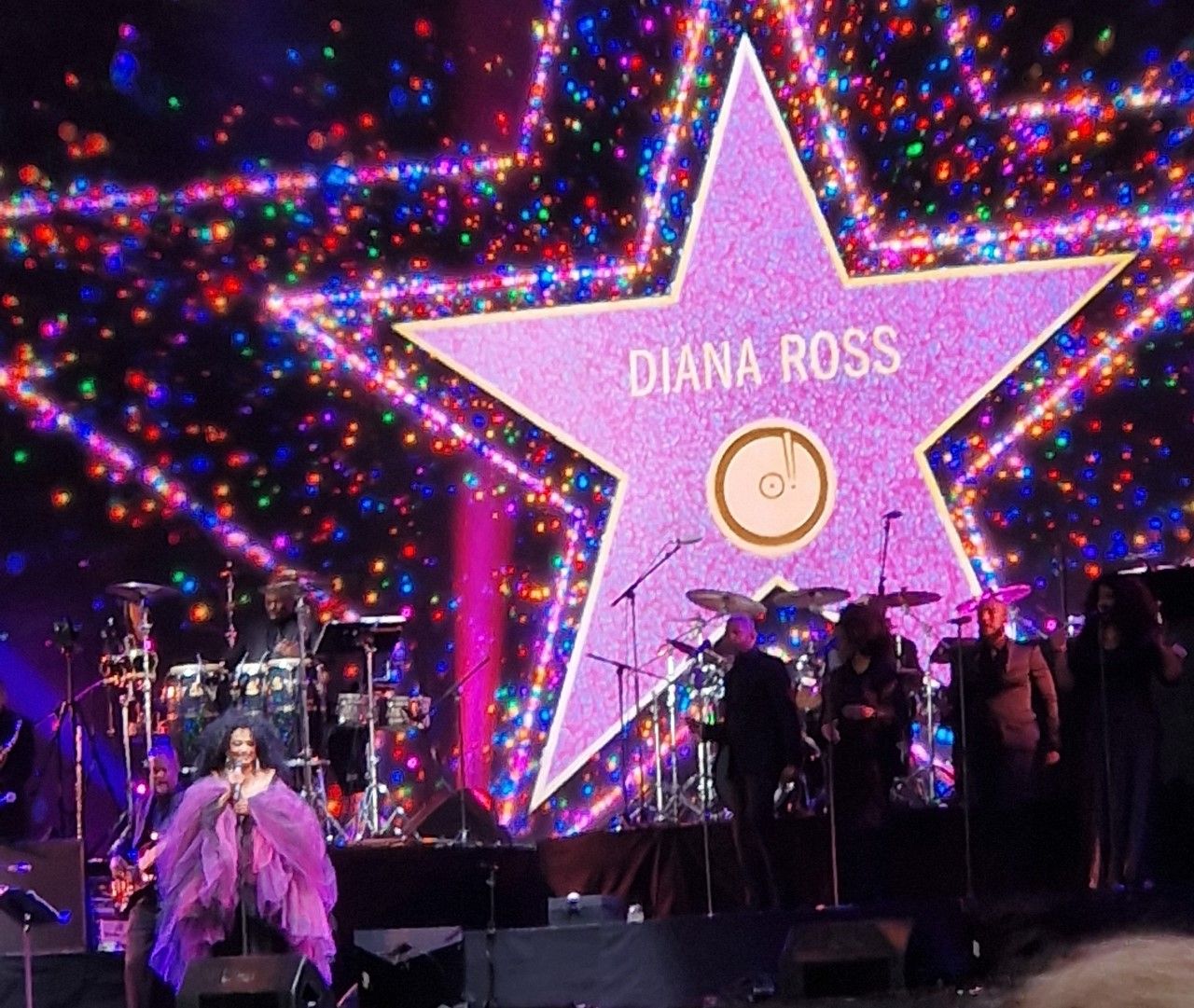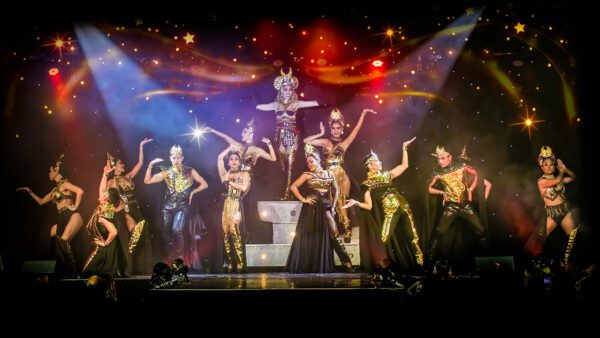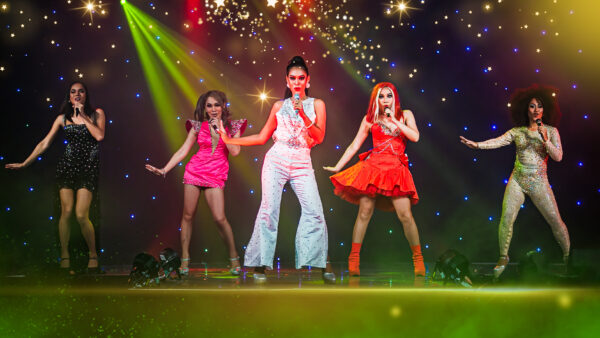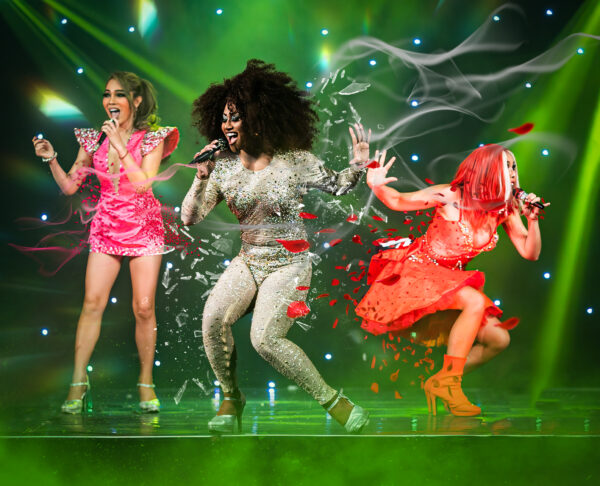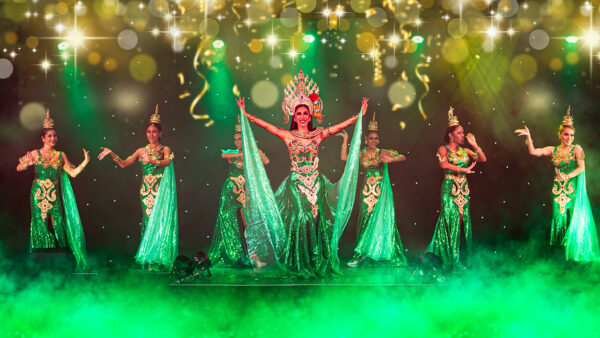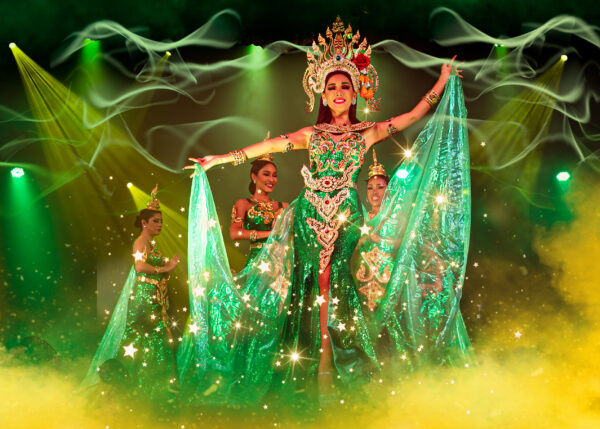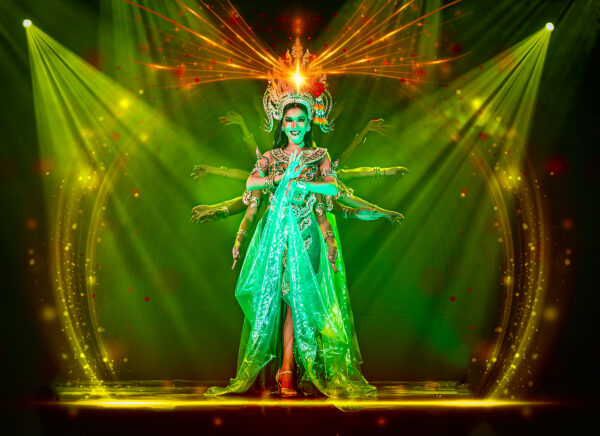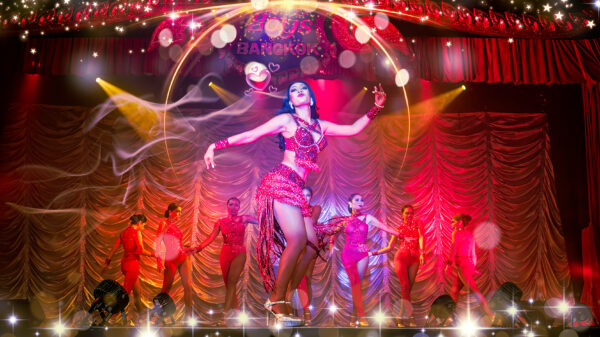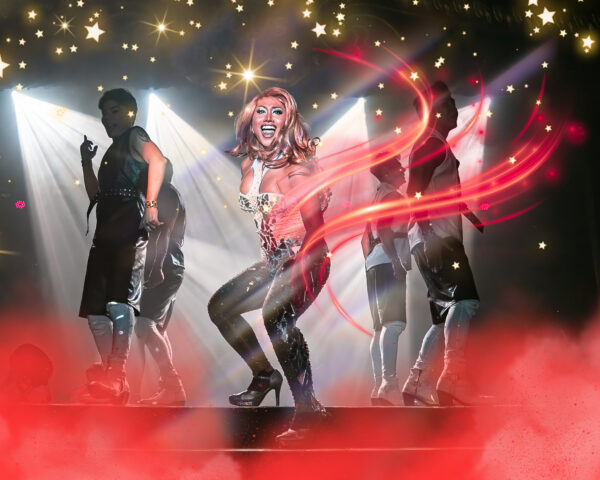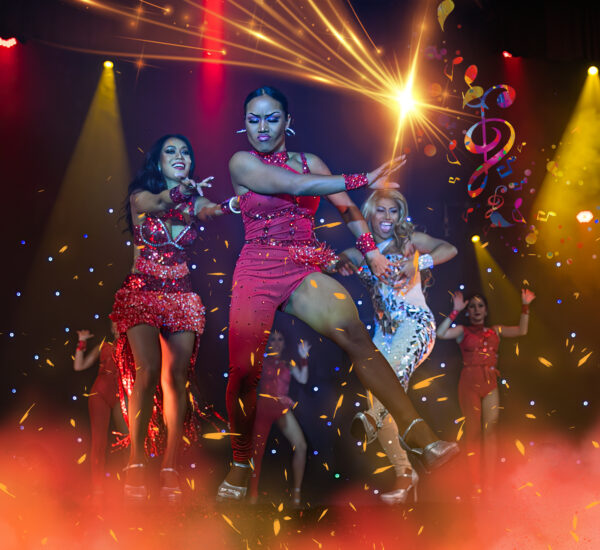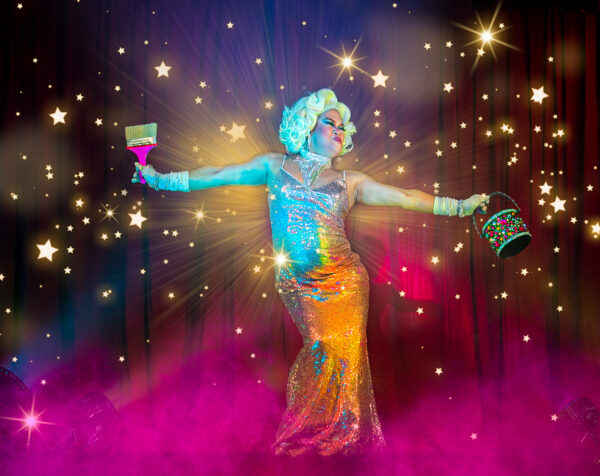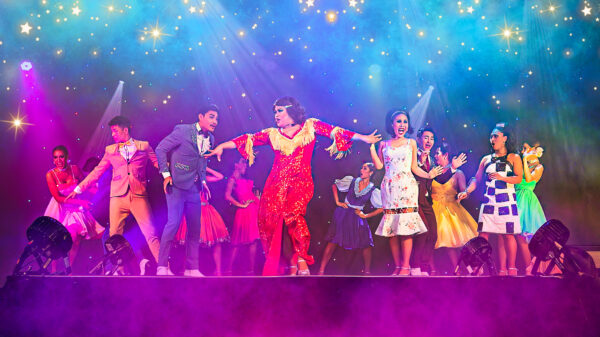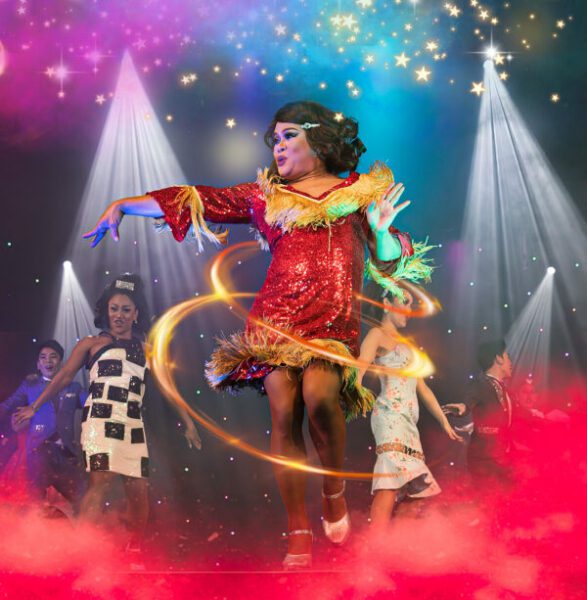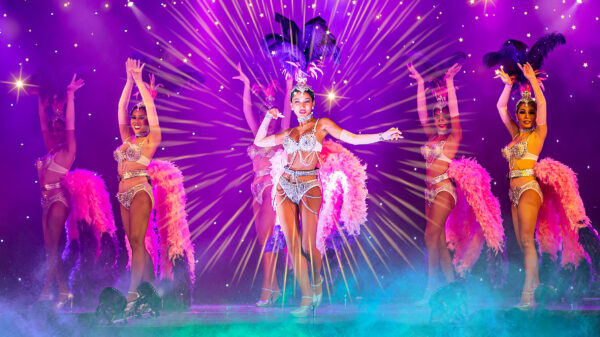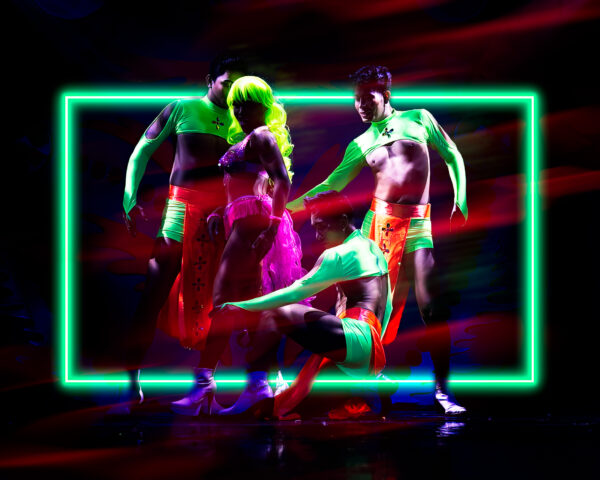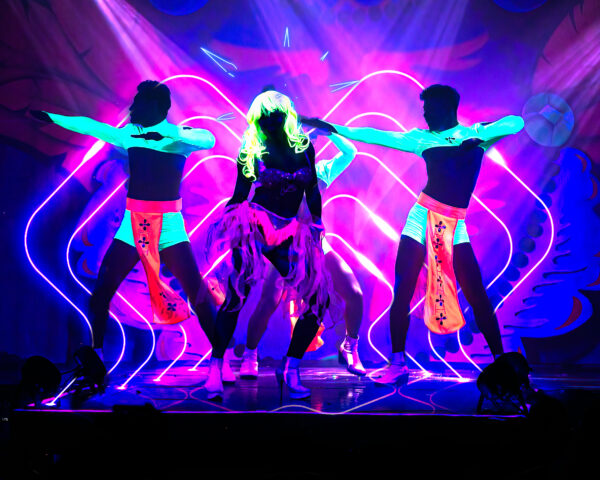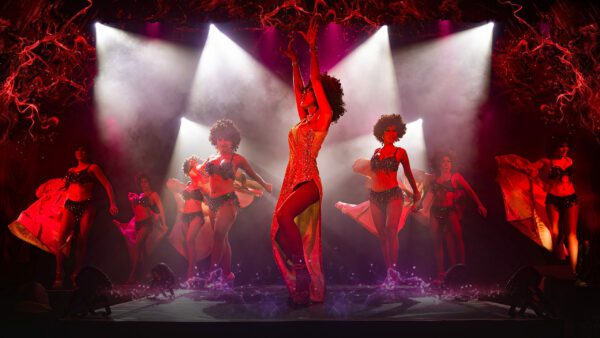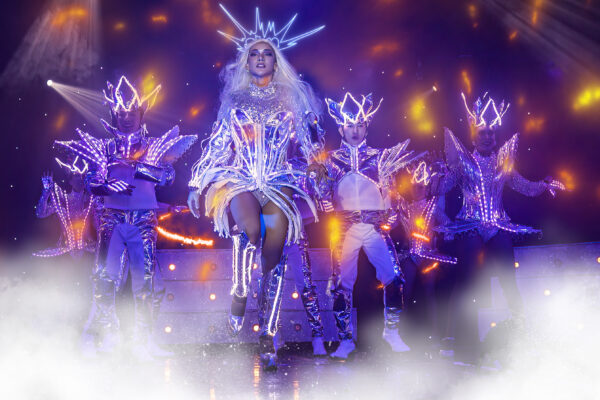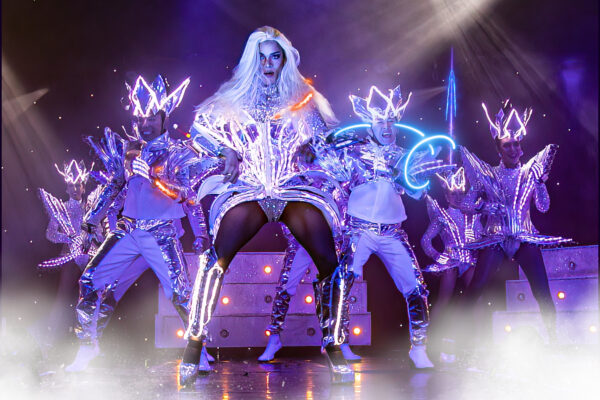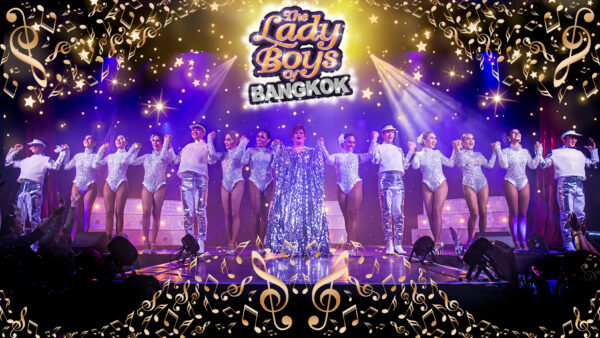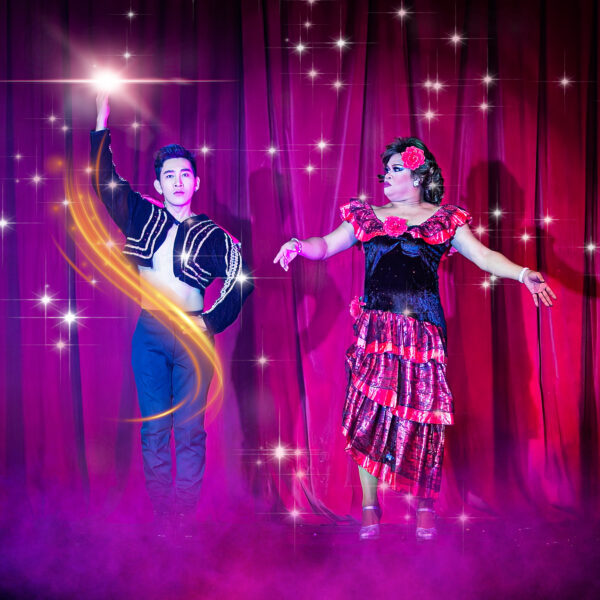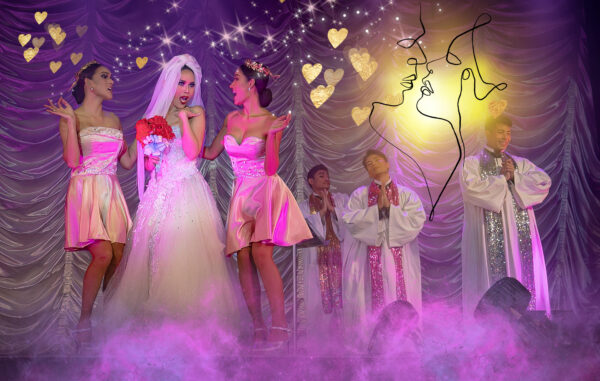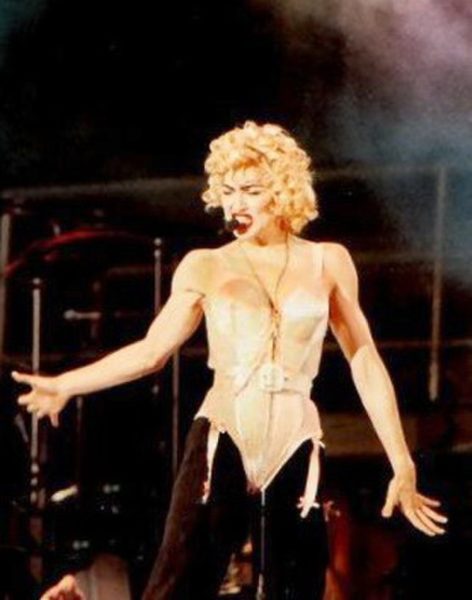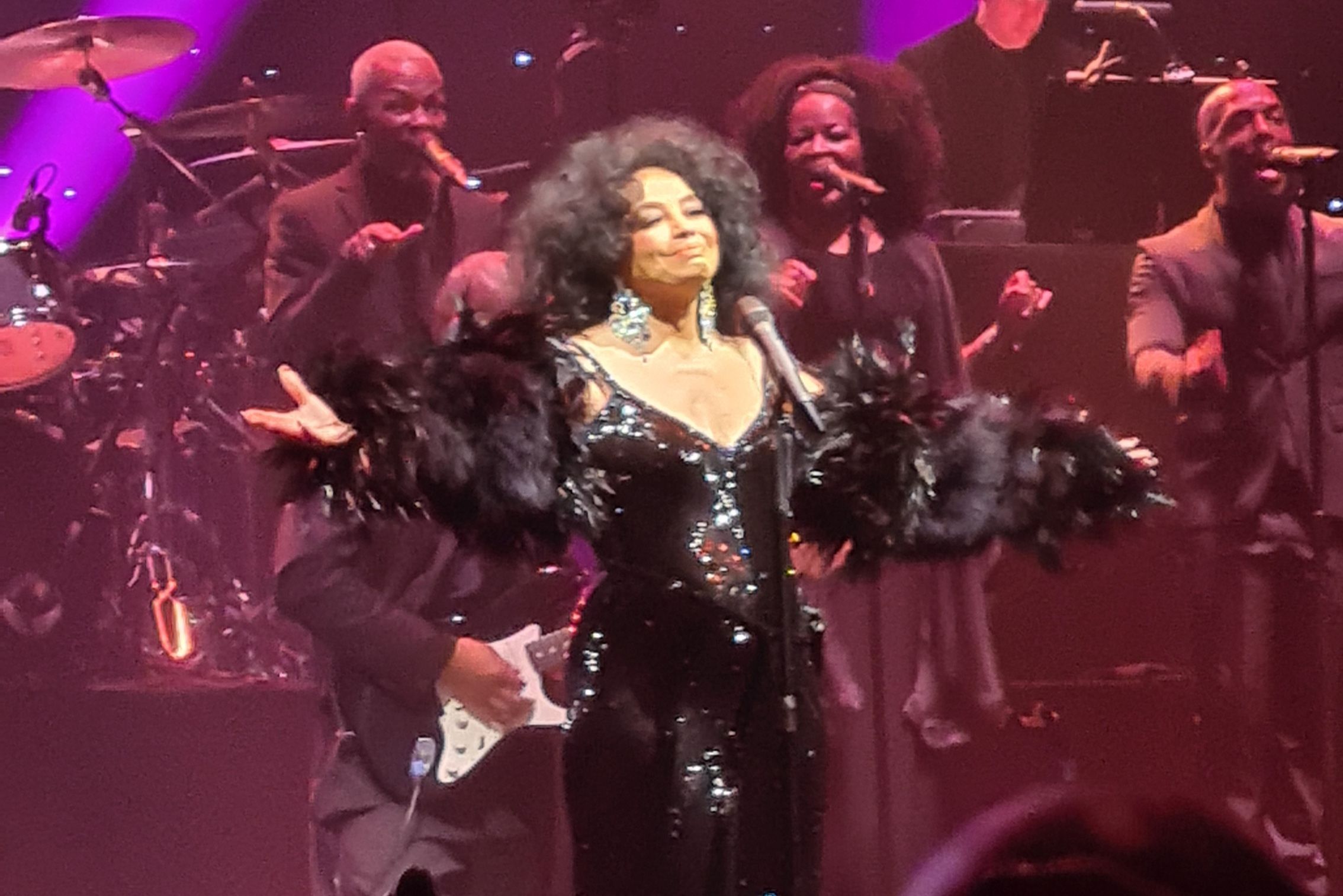Better Call Saul Season 6b: what’s going to happen next?
What’s going to happen to Kim Wexler? Is her fate doomed or has she got a chance of getting out safely before Lalo Salamanca goes to war with Gus Fring?
Archie:
So, what happens to Kim? As soon as she is established as a major part of the series, that question has lingered, just like Nacho. But we’re coming up to the end of the show and Kim is more significant than ever, so again, what happens to Kim? It would feel lazy to kill Kim. I trust the writers to the extent where if she did die then I know it would be justified, but it wouldn’t seem right that Jimmy could just shrug off her death and stay in the same state, city and even building to practise law, after a supposed death. She moves is my best bet. I imagine Howard getting killed next to her would just be too profound for her. It will show her that she is in way over her head with Jimmy and that she has to run in the opposite direction. But there are other options like prison or the more far-fetched idea of just a platonic break-up with Jimmy. Again, my level of trust in the writers is high but the possibilities are endless – it’s just about carving out the right one.
Joe:
I agree that death would be the easy way out for Kim and wouldn’t do her character justice. It would make sense that for Jimmy’s final transformation into Saul he’d have to lose her, but killing her off would just be a poor example of fridging and wouldn’t do her character arc any justice. Since Season 5 I’ve been firmly on the prison side of the debate. I can imagine Kim doing what Saul never could and willingly face the consequences of her actions which would result in a lengthy prison stay. How this may happen I’m not sure but Howard’s death is bound to be a catalyst for whatever happens next in Kim’s character arc. If Kim were to go to prison, likely taking the fall for the illegal shenanigans her and Jimmy have gotten up to, it would also set up some interesting character choices for Saul and would definitely transition his character into the scummy lawyer that Walter White hires to get Badger out of his trouble with the law.
Following the shocking mid-season finale, how is Jimmy going to change? How will his final transformation into Saul occur? And will we see the metaphorical death of Jimmy McGill?
Archie:
The difference between Jimmy and Saul is stark. His name change was always symbolic and acceptance that he would never meet the lofty moral heights that his brother had of him, so he needed to distance himself from the idea of being Chuck’s sibling. As he sunk into this new identity the relationship with crime in his legal practices has ramped up, moving him firmly into a close relationship with the cartel. But what will be the final change? He’s not even slightly known as Jimmy in Breaking Bad (BB) and in that series he has fully developed into the Saul persona. What will be the final nail in the coffin that tips him over? With Chuck and Howard dead and Kim not in his world, no one of great importance knows him as Jimmy so how will he make that complete transition to Saul. It’s definitely a development we have in store that will be exciting to see.
Joe:
Whatever Season 6b has in store for Jimmy McGill it’s not going to go the way we think. The entire story of Better Call Saul has been about the moral decline of Jimmy McGill and how both his own personal demons and ‘the establishment’ have led him down a dark path, causing him to take turn after turn onto ‘Bad Choice Road’ and turn into the empty, exploitative, and predatory caricature that is Saul Goodman. However, since Season 3 Jimmy has been increasingly and dangerously using Saul Goodman as a mask he can slip on and off, a costume he wears to go and fight perceived injustices against some of Albuquerque’s less reputable citizens; but, like any drug, there is a fine line between using and addiction. We see Jimmy first properly use Saul to process the grief and guilt after his brother’s death and I think the final push over the edge that will cause him to completely eschew his birth name in favour of the Goodman moniker has to be loss of Kim as, after she’s out the picture, there is nothing left to anchor him to the world of the good and prevent him from indulging in his own impulses and fully embracing the decayed morals of Saul Goodman.
We don’t really see much of Jimmy/Saul’s schemes in Breaking Bad. Why is that and what might happen to see Saul give up his love of scams?
Archie:
While the distinction between the two shows is clear, it’s a valid question to ask why there are no Slippin’ Jimmy style schemes in Breaking Bad. Obviously, it’s a different show, the focus is not on him and he has clearly changed, the idea of Jimmy pulling off a scheme is so significant in Better Call Saul (BCS), that it seems noteworthy they’re not in BB at all. Perhaps there is an exception to be made here or there for example with Ted’s “great aunt Berget”, but the eccentricity and effort are nowhere close. Again, I think this is largely down to the death of Slippin’ Jimmy, but as we see him on such a high by pulling off the Howard scheme, it seems odd that he would suddenly stop. I imagine that this will be because of Howard’s death. It is clearly not going to end well for Jimmy and this will have such a profound effect on him that he will stop scheming forever.
Joe:
The boring, real world answer is the fact that BB came first and Gilligan and Co had simply not conceived of the idea of Slippin’ Jimmy or that the scummy, funny lawyer from Breaking Bad might be a deeply tragic character so weighed down by guilt and grief that he becomes a parasitical force on society, feeding off of others misfortunes because he can’t bear to process his own actions and hold himself accountable for what’s he done. All that aside though, I think the main answer is that the schemes get bigger and less personal. We know Jimmy is likely to inherit Dr. Caldera’s black book and role as the fixer of the ABQ’s criminal underworld so it would make sense that he’d be more of a director than a player in his own schemes. We also see in Breaking Bad that Saul is quite proficient in money laundering schemes so I’d be tempted to say he never stopped scamming, just made it into his business; and, just like any passion project turned illegitimate local business, it requires employees and a level of management to function successfully and grow. That all being said, however, I think Howard’s death will certainly make Jimmy/Saul think twice about his future scheming and maybe try and keep it to less personal ruses that don’t result in an innocent man’s brains being spilt out over his condo’s interior decorations.
Gustavo Fring versus Lalo Salamanca. What’s Lalo’s endgame and what’s Gus going to do about it?
Archie:
It’s hard to see an end game for Lalo that goes well for him, I think he almost certainly dies, but the question is just more about how long his plan is, who gets dragged down, how many get killed. I can imagine some sort of big showdown between Gus and Lalo, shifting Gus towards his position of power in BB. The character of Lalo has been interesting for Gus. He’s clever, calm and intimidating, and fiercely loyal to his family. I think he was there to show how cold and calculating Gus really is and what he had to sacrifice in order to get where he is. He’s a great representation of cartel life, its core values, and how these values are completely opposed to how Gus runs his drug empire.
Joe:
I think it’s clear Lalo’s endgame has to do with the superlab and some sort of showdown, possibly the final one, will take place in the underground excavation site where Walt and Jesse will chase a fly around a meth lab 6 years later. Lalo has certainly been the best villain in either show (with the exception of Mr Fing himself). His charisma and casual attitude towards killing have made him a force to be reckoned with but he’s the only person who can scare Gus Fring and, given Gus is alive in Breaking Bad, Lalo has to disappear somehow. Whatever happens I hope it serves Lalo’s character arc well and makes him deserving of being the only person to put the chicken man on the defensive.
Surprisingly, we haven’t seen Gene at all so far this season so what’s going on with him and how will the entire show end?
Archie:
Fear has never really been Saul’s driving force. He clearly fears the cartel, Walter White, and the threat of being in prison to some extent, but it’s not what keeps him going. However, in the Gene black and white flash-forward scenes he lives in fear of his identity being rumbled. We don’t entirely know what’s happening to Gene but we do know he’s moving toward his old life again. He clearly misses being Saul, and his interaction at the mall pushed him over the edge. Since we have closure on Walt and Jesse, it would be good to get the same for Saul. I’m hesitant to say much more about it, it’s a cool mystery that I’m happy to let see what happens.
Joe:
With the extended episode order for this final season (13 instead of the usual 10), and his absence from the usual flash-forward in the season premiere, I think it’s safe to say that we’ll be getting an entire episode or two solely dedicated to Gene, possibly even the penultimate or final episode. When we last saw Gene he’d phoned Ed Gailbraith, a.k.a the Disappearer, but then decided he’d “fix it [himself]” after being recognised by a taxi driver following his panic attack at Cinnabon. Like Archie I’m hesitant to speculate further as, if this first part of the season is anything to go by, Gilligan and Gould will subvert our expectations in spectacular fashion. Whatever happens though, it’s clear Jimmy/Saul/Gene isn’t out of the woods yet and we’re in for a treat to see how the show ends.
Click here to see Joe and Archie’s previous article analysing season 6a and asking what it might mean for our favourite character’s fates.




